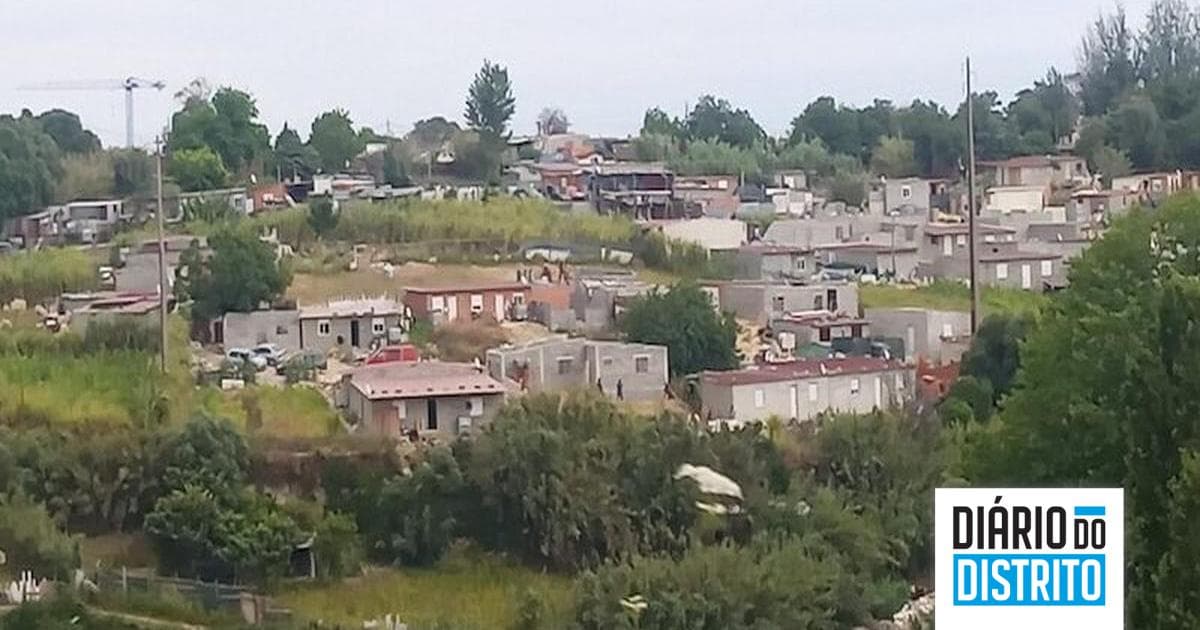Lisbon Announces Plan for Urban 'Climate Refuge' Network
The Lisbon municipality, in conjunction with the Lisbon Metropolitan Area (AML), has announced it is actively developing a plan to create a network of 'climate refuges' across the city. This initiative is a direct response to the growing threat of extreme heatwaves and aims to protect residents by providing accessible, cool public spaces. The project follows the successful model implemented in Barcelona, which now features over 350 such locations, including libraries, parks, and museums, where temperatures are maintained at a comfortable level.
An official source from the autarchy confirmed that the plan is being developed in coordination with all competent entities. The network will be composed of public parks, gardens, and accessible buildings designed to offer thermal comfort during extreme weather events. The primary goal is to safeguard the city's most vulnerable populations. The selection of these refuge locations is being guided by Lisbon's Urban Heat Island map, which identifies the areas most affected by high temperatures due to dense construction and lack of natural ventilation.
This municipal project is part of a larger European effort. Under the 'Cool Noons' project, the city is also designing a series of urban routes with greater shade coverage and access to air-conditioned buildings, which will serve as temporary shelters during heatwaves. Manuel Banza, a data scientist and urbanism specialist working with the Livre party at the city council, noted that while a formal network is not yet operational, the groundwork is being laid. He referenced a 2022 recommendation to identify 'cooling centers,' inspired by similar networks in Paris and New York.
The Lisbon Metropolitan Area has already integrated climate adaptation into its broader strategy through the Metropolitan Plan for Adaptation to Climate Change (PMAAC-AML). This plan identified the need to adapt to high temperatures as a key climate risk and proposed measures such as creating more shaded areas and cooling actions. Following this, municipalities within the metropolitan area, including Setúbal which approved its own Climate Action Plan last year, are now mandated by the national Climate Basic Law to develop their own local action plans.
Need Expert Guidance?
Get personalized insights from verified real estate professionals, lawyers, architects, and more.
The urgency of these measures was recently highlighted by data from the National Institute of Health Doutor Ricardo Jorge (INSA). A DGS communiqué stated that a heatwave at the end of July 2025 led to 264 excess deaths in mainland Portugal, a 21.2% increase over the expected number, primarily affecting those aged 75 and over. Climatologist António Lopes from the University of Lisbon emphasized that in times of extreme heat, protecting vulnerable individuals and ensuring thermal comfort is a public health priority.
While Portugal has not yet adopted official marketing terms like 'climate refuge' or 'coolcation' in the way that regions in Spain and other northern European countries have, the development of this network in Lisbon represents a significant step in urban climate adaptation. The project is currently in a planning and dialogue phase, with officials seeking funding opportunities through EU programs like Horizon Europe to advance the work.
The long-term vision for this network is to integrate it fully into the city's emergency response plans, ensuring a coordinated and effective system to protect all citizens from the increasing frequency and intensity of extreme weather events. This proactive approach to urban planning is expected to enhance the overall quality of life in the capital.
Discover emerging areas and local opportunities at realestate-lisbon.com.





